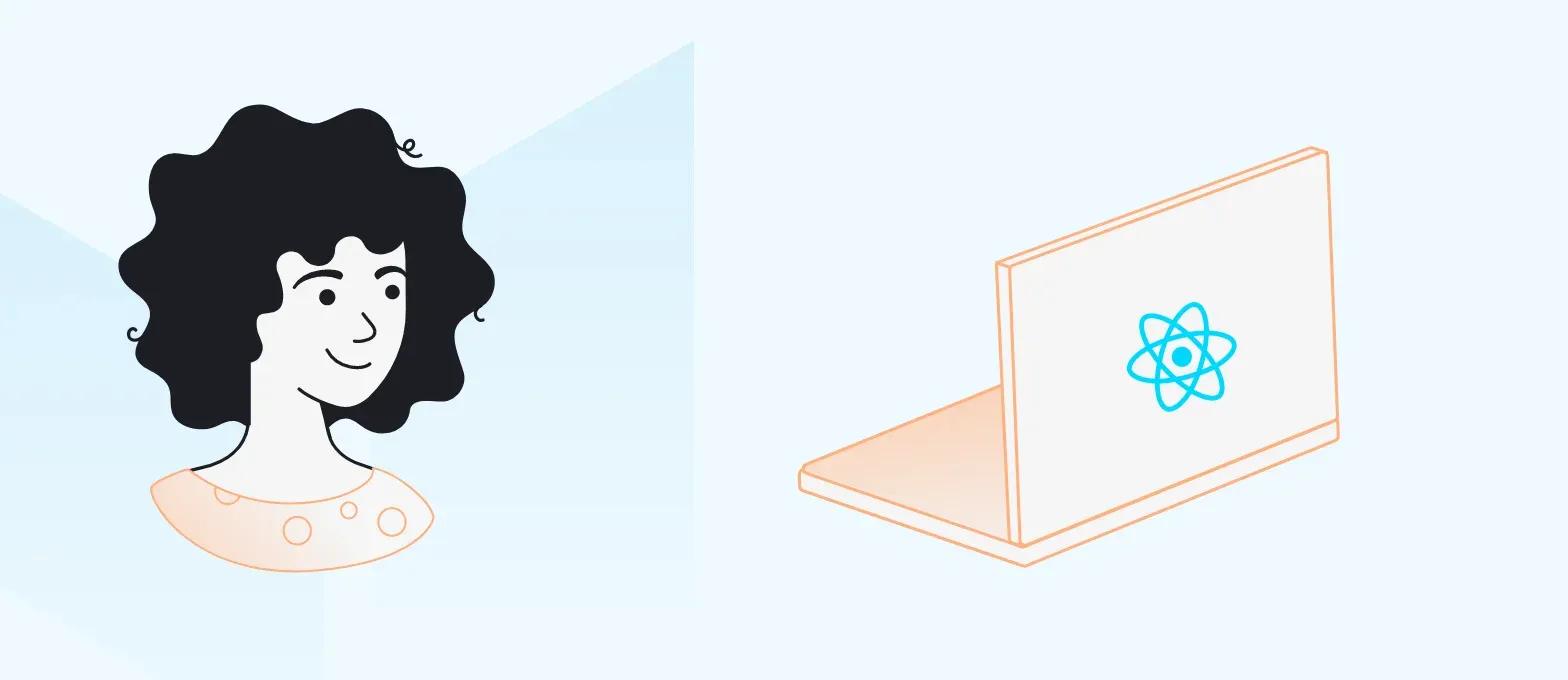Lunch & Learn with Jobsity: Material Design React Components Library for Rapid UI Development

Welcome to this month’s Lunch & Learn, where Jobsity invites specialized members of our team to share their knowledge! It’s an excellent opportunity for developers to come together and learn about the tech industry.
This month’s session was led by Taís Jacques, one of Jobsity’s extraordinary front-end developers. She offered a deep dive into Material UI, an open source React component library that offers pre-built components for rapid UI development. It implements Google’s Material Design, allowing for advanced usability, flexibility, and aesthetic consistency.
Benefits of Material UI
By applying Google's design principles, Material UI empowers developers to craft interfaces that are visually stunning and intuitively navigable. As Material Design also uses guidelines that prioritize clear information hierarchy, it’s highly usable and adaptable. This holds true across various devices and screen sizes.
Material Design components (including buttons, switches, and cards) are built on top of Material Theming. This allows for extensive customization while maintaining a cohesive visual language. Developers and designers can use familiar physical attributes, such as shadows and grids, to add depth and realism to digital interfaces. These customizable elements enhance user engagement and immersion.
Material UI allows teams to streamline development without sacrificing quality. By leveraging pre-built components and default styling options, it’s possible to quickly create cohesive and beautiful interfaces. Integrating TypeScript further enhances development efficiency by providing type safety and improved developer experience.
Is Material UI Right for Your Project?
Despite Material UI’s many benefits, it’s not a one-size-fits-all solution. While Material UI offers a shortcut to polished UIs, developers should assess its suitability for each project on an individual basis. It’s built for customization, but extensive modifications may still require considerable effort.
Taís emphasized the importance of aligning with project requirements and consulting with design teams to ensure harmony with the brand's visual identity.
She highlighted Storybook as a sandbox environment for testing and fine-tuning components. With Storybook, developers can iterate rapidly and ensure consistency across the application, while seamlessly collaborating with designers and product teams.
The Lunch & Learn ended with questions from members of the Jobsity community.
Didn’t have time to catch it live? We’ve got you covered:
Thanks for watching!
Are you interested in joining a dynamic, empowered team where your perspective is heard and your talents are celebrated? Apply on our careers site.
Donna Kmetz is a business writer with a background in Healthcare, Education, and Linguistics. Her work has included SEO optimization for diverse industries, specialty course creation, and RFP/grant development. Donna is currently the Staff Writer at Jobsity, where she creates compelling content to educate readers and drive the company brand.
